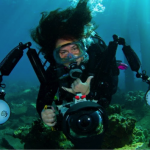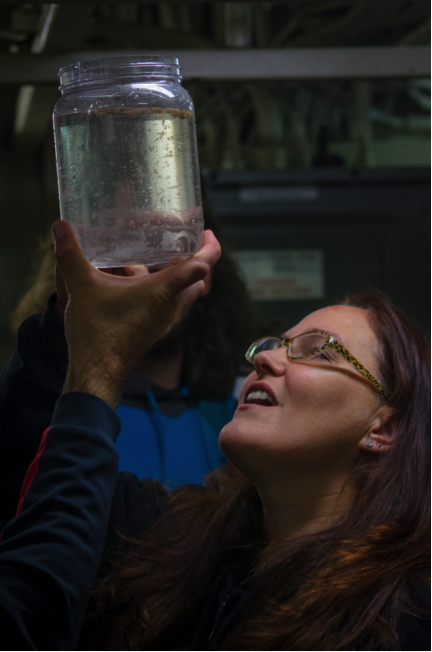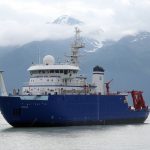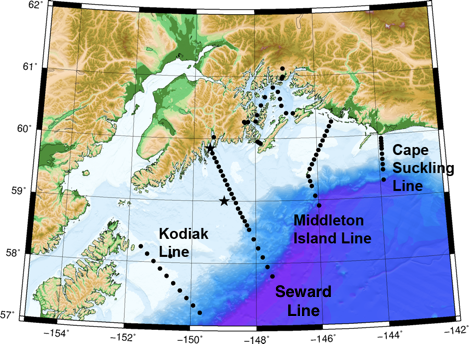
Our upcoming Seward Line cruise aboard the R/V Sikuliaq will include some special guests: educator and film-maker Michele Hoffman Trotter, media and education specialist Carlee Belt, and cinematographer Katherine Brennan. They have traveled all the way to Alaska to create a series of educational modules called “Expedition Gulf of Alaska: an Online STEAM Experience”. Additionally, they will be filming for “Microcosm”, a documentary project that features the diversity and roles of microscopic life in the ocean.
Michele is a Chicago based educator with 20+ years of experience in higher education and public outreach to general audiences. She met Dr. Russ Hopcroft, lead PI of the NGA LTER, aboard the USCGC Healy in the Chukchi Sea. They bonded over microscopic creatures and their shared interest in how the ocean functions as a system. At the time, Michele made a video introduction of her work on the cruise.
Educational Modules
During the April/May 2018 Seward Line cruise, planned educational modules focus on three topics:
- Changing Climate, Changing World
- Biodiversity: Our Lives Depend On It
- Plankton to Whales: How Energy Flows in the Environment
All of these modules will incorporate YouTube videos and other online material, posted daily from the ship. For example, video clips of scientific tools in use performing fieldwork will be posted. Then in the comments, students will directly question scientists about their work during the cruise.
The content targets students from grade five through twelve. As an introduction, younger students will develop a base understanding of key concepts involving the scientific method of inquiry, taxonomy, and fundamentals of ecology, chemistry, atmospheric science, and biology. Supplementary activities will give older or more advanced students chances to engage in analytical thinking. Furthermore, they will also be encouraged to apply newly acquired knowledge to contemporary scientific questions.
We are excited about the intersection between Michele’s program and the goals of the LTER Schoolyard Series. In addition to participants in Alaskan classrooms, we have participating homeschooling families in California and Illinois, and two public schools in Chicago. Additionally, approximately a dozen adults are participating in an adult education version.
View the Microcosm Teaser.



